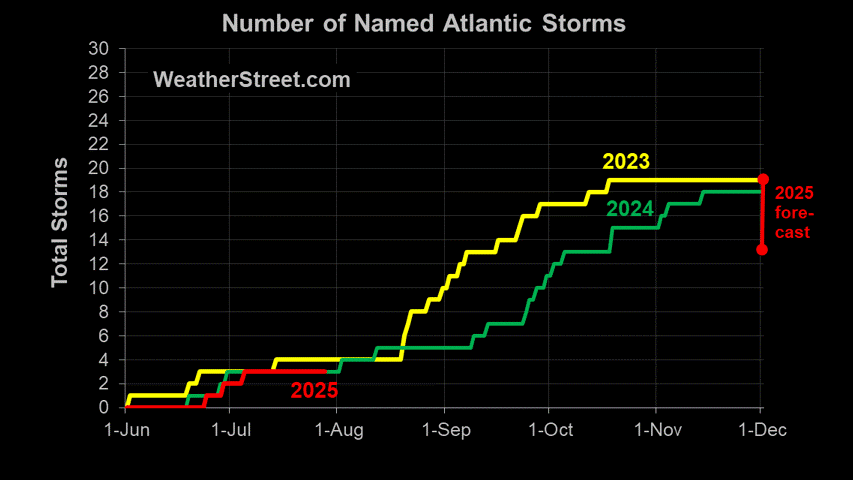Typhoon Roke Skims Fukushima
Typhoon Roke pelted parts of Japan with as much as 40 centimeters (15.7 inches) of rain, flooding streets, disrupting transportation and killing at least three people before moving back into the Pacific on a path for the Kuril Islands.Roke was about 362 kilometers (225 miles) north-northeast of Tokyo with winds of winds of 130 kph, the Japanese Meteorological Agency said on its website at 5 a.m. local time.The storm brought 40-kph winds to the area around the nuclear power plant in Fukushima stricken by an earthquake and tsunami earlier this year.--SNIP--
Typhoon buffets Tokyo, dumps rain in Tsunami zone (Associated Press)
Officials at the Fukushima Dai-ichi plant, where engineers are still struggling with small radiation leaks due to tsunami damage, expressed relief that Typhoon Roke's driving winds and rain caused no immediate problems there other than a broken security camera."The worst seems to be over," said Takeo Iwamoto, spokesman for plant operator Tokyo Electric Power Co., after the storm passed just west of the plant on its way north.But the typhoon brought new misery to the northeastern region already slammed by the March 11 earthquake and tsunami, dumping up to 17 inches (42 centimeters) of rain in some areas.
Authorities warned of a high risk of mudslides in that region. Hundreds of tsunami survivors in government shelters in the Miyagi state town of Onagawa were forced to evacuate for fear of flooding.More than 200,000 households in central Japan were without electricity late Wednesday. Police and local media reported 13 people dead or missing in southern and central regions, many of them believed swept away by rivers swollen with rains.The storm, packing sustained winds of up to 100 mph (162 kph), made landfall in the early afternoon near the city of Hamamatsu, about 125 miles (200 kilometers) west of Tokyo. The fast-moving storm went past the capital in the evening and then headed up into the northeast, where it was losing strength.In Tokyo, where many rush hour commuter trains were suspended, thousands of commuters trying to rush home were stuck at stations across the sprawling city."The hotels in the vicinity are all booked up, so I'm waiting for the bullet train to restart," Hiromu Harada, a 60-year-old businessman, said dejectedly at Tokyo Station.--SNIP--At the Fukushima plant, engineers are still working to stabilize the reactors six months after three of them melted down when the tsunami disabled the plant's power and back-up generators.Iwamoto said the storm passed without damaging the reactors' cooling systems, which are crucial to keeping them under control. However, a closed-circuit camera that shows exteriors of the reactor buildings abruptly stopped, he said.Workers were trying to prevent pools of contaminated water from flooding and leaking outside the complex, said Junichi Matsumoto, another power company spokesman."The contaminated water levels have been rising, and we are watching the situation very closely to make sure it stays there," Matsumoto told reporters.--SNIP--










<< Home